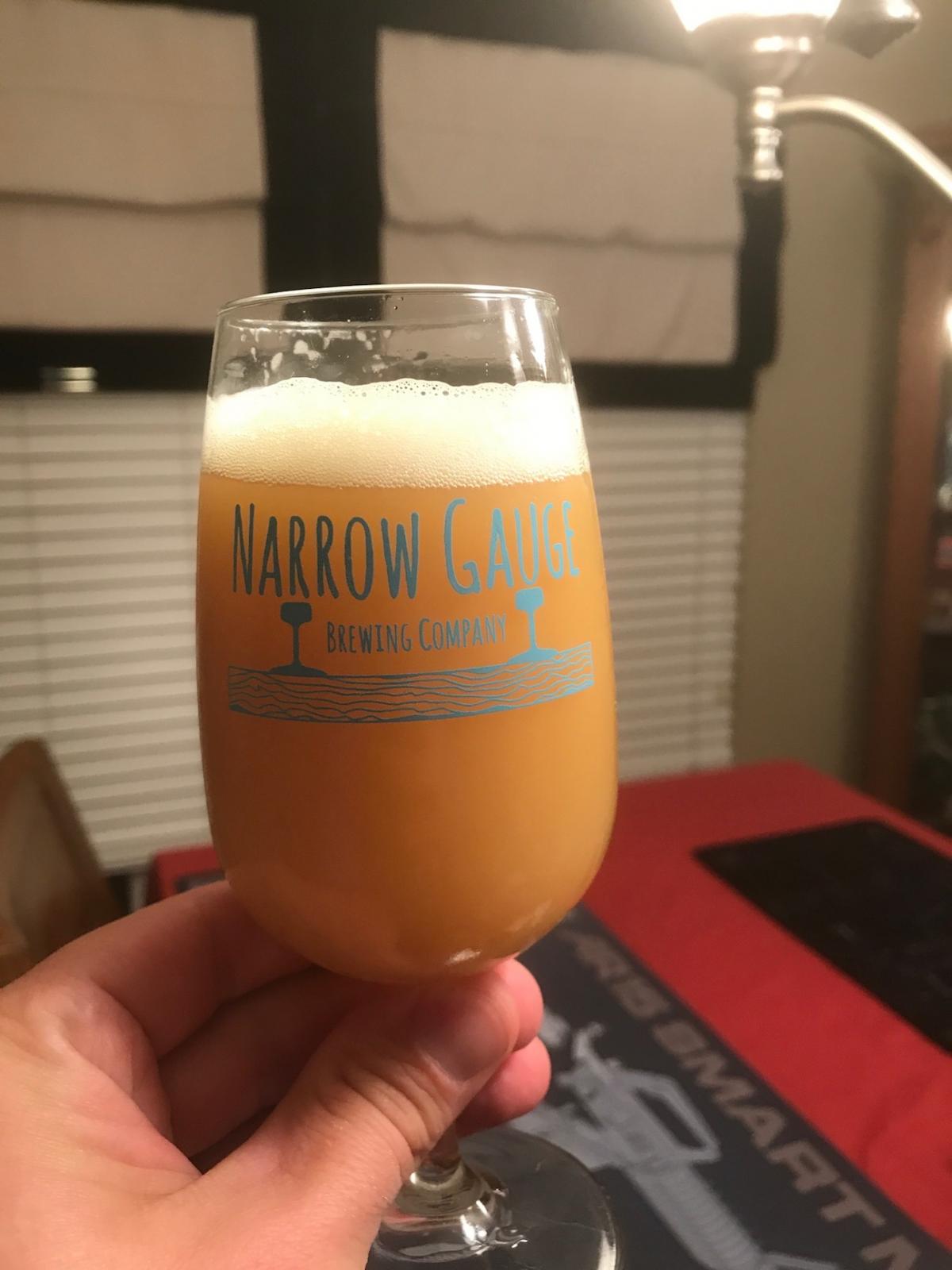I finally got around to brewing this a few weeks ago. My last several brews have been toying around with variations of BYO's Julius clone, all of which were quite good. I had high hopes for this one since I've subscribed to this thread from the beginning and it's the worst batch of beer I've ever made.
To be clear, THIS IS NO FAULT OF THE RECIPE ITSELF. This is more just me logging my thoughts about what I feel went wrong while I have some free time. If anyone reads this and would like to chime in, "Well, stupid, this is where you went wrong.", feel free.
When I say it's the worst, it's because the beer is undeniably afflicted by the often talked about "Band Aid" taste. I knew it was a thing, but have never had it happen to me. If you've never had it happen, I'll say right now, it is an unmistakable taste. This batch has been kegged for almost two weeks now and if the flavor doesn't subside, it's a dumper for sure. It's barely palatable.
On paper, brew day went off without a hitch. All targets were hit and it was a pretty uneventful day. I followed the updated grain bill in post 1418 (or whatever it is) and scaled it to my equipment.
1/2 oz Columbus @ 60
3 oz Citra 30 min. steep @ 160
2 oz. Galaxy 30 min. steep @ 160
3 oz. Citra dry hop @ day 4
2 oz. Galaxy dry hop @ day 4
1318 yeast
Mash ph 5.3
100:100 Chloride:Sulfate
I like to think I stick to my guns when it comes to procedure, sanitation and all the other things I try not to obsess about, but usually do, when it comes to brewing. However, there are some things I did on purpose and not so much on purpose that I think may have bit me in the ass.
1. The Yeast: I've been harvesting the same batch of 1318 for the last 7 brews. A vitality starter pitched in to each at high activity. This one would have been #8. Those prior 7 all finished out in 5-7 days. I would always start to ramp the temp from 67 degrees and dry hop 4 days in, as I did with this batch, kegging about 4 days after. By day 8, I still had active fermentation and it kept up in to day 12.
This is where I started to worry. I never dry hop this long and I've likely split the yeast so many times it just doesn't have anything left. This is where I place the blame on the outcome of this beer.
2. Whirlfoc: I always use it, but decided not to this time to see if it made a difference in haze, flavor, whatever. The beer is definitely murkier than any other I've made, but I don't think it contributed to the taste outcome with any significance.
3. Star San stored in serving lines: Before this brew I had cleaned all my kegs, transferred Star San from one to another via my Star San storage keg (I keep a keg pre-mixed using distilled water and change it out every few months), purging with co2, just like I always do. I cleaned all my lines with BLC, rinsed with water, then stored with Star San, like I always do. I didn't check the ph of my mix, but even if it wasn't effective, I don't see this causing an issue with the beer. Regardless, my brain won't let me use any of my other kegs or serving lines until I've cleaned them again and dosed them with a fresh batch of sanitizer.
4. Vitality Starters: I used to make starters the traditional way by calculating cells needed, mixing up the appropriate amount of wort, letting it finish out on the stir plate and pitching once it's done. It worked fine. Then I figured I'd give the vitality starter thing a try. I'm not sure why, just to try something different I guess. I'd mix up a 1000ml starter, pitch my previously harvested yeast, let it get good and angry and then pitch it in to the fermentor. It worked well. The beers were taking off in the same amount of time and tasting just fine. Did it finally backfire on me and I underpitched this particular batch? I think I underpitched due to over stressed yeast that just couldn't take it anymore and the rest of it was dead anyways.
In the future, I won't be splitting yeast more than 4-5 times. I may throw a traditional starter in the mix every once in a while. Still undecided there. I'll probably go back to Whirlfloc regardless of beer style. I don't think I did anything wrong with my Star San, but I'll probably store the keg of it inside instead of in the garage and I'll be checking it's ph before I use it each time.
That's my story. Being the first bad batch I've ever made, my pride is a little dinged up and maybe I'm questioning things that I shouldn't, but I plan to make this again so I can see what this recipe is really about.
























![Craft A Brew - Safale BE-256 Yeast - Fermentis - Belgian Ale Dry Yeast - For Belgian & Strong Ales - Ingredients for Home Brewing - Beer Making Supplies - [3 Pack]](https://m.media-amazon.com/images/I/51bcKEwQmWL._SL500_.jpg)


































